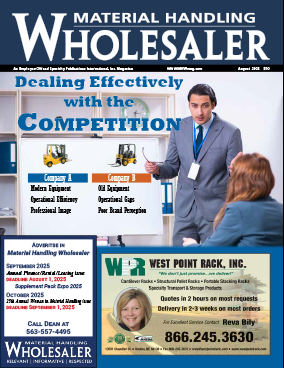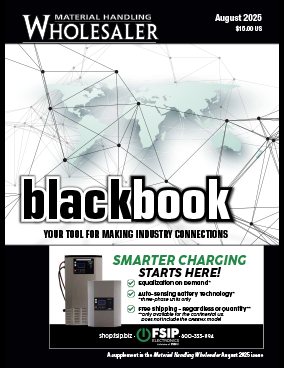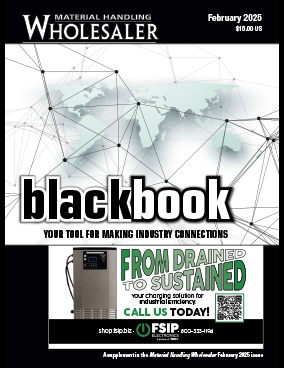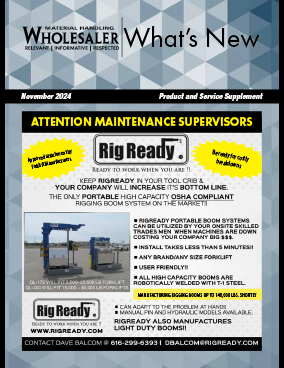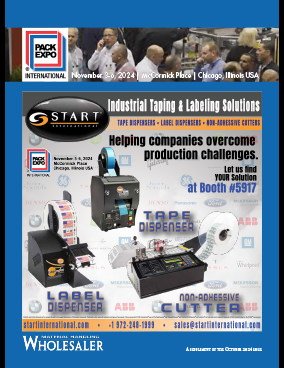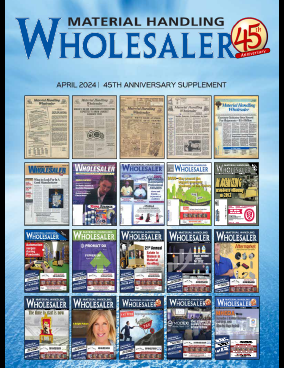Efficiency, service life and light quality are all reasons why facility managers are increasing choosing LED luminaires over more traditional lighting technologies. In fact, according to market research firm Strategies Unlimited, the LED market is projected to grow to a staggering $8.3 billion in 2014.
Despite the wide spread adoption of LED luminaires, there still remains questions in the marketplace: Are LED’s glowing claims mere marketing hype? What about early deployments that failed to live up to expectations? Will the LED luminaires installed today still provide bright, high-quality light ten or fifteen years down the road? Having the answers to these questions will make a significant difference to a facility’s long-term capital decisions, its facility maintenance costs, as well as to its overall productivity.
That’s why the lighting industry has established standards. For traditional lighting, standards for lamp lifetime are well known. For example, industry-standard procedures for rating incandescent, fluorescent and HID lamps involve operating a large sample until 50 percent of the lamps have failed. The hours of operation up to that point determine the rated life of the lamp. Some may fail sooner, some later, but on average that’s the lifetime you can expect under normal operating conditions.
This system doesn’t apply to LEDs because the diodes rarely fail outright. In fact, there’s no theoretical limit to how long they can operate at low levels. Instead, in luminaires for commercial and industrial lighting, individual diodes may fail, but the primary failure mode is a gradual diminishing of luminous flux over time. The term L70 is used to indicate that the effective lighting level has decreased to 70 percent of the original level. In most situations, this decrease begins to be noticeable to the human eye at around L70, and this figure is typically used in rating LED luminaires. In other words, a 60,000 hour rating means the manufacturer expects 50 percent of fixtures to be at 70 percent of maximum luminous flux after 60,000 hours of operation.
To help resolve this issue, the testing method IES LM-80 was developed by the Illuminating Engineering Society of North America, providing a standardized way to establish L70 ratings for individual LEDs and LED arrays under nominal conditions of temperature, power quality and other environmental factors. However, IES LM-80 does not cover modes of failure that may occur in a fully assembled luminaire. For example, improperly matched electronics or inadequate heat sinking can have a significant effect on the quality of light and useful life of the luminaire. Another test method, IES LM-79, addresses these issues by offering a standard methodology for testing complete luminaires, using absolute photometry.
At this point, there are no globally accepted standards for LED testing, but the North American LM-79 and LM-80 standards provide a foundation that is likely to be adopted more broadly over the next year or two. Even then, the standards aren’t a perfect guide, as they don’t account for the particular conditions an installation will be exposed to, such as high ambient temperatures, extreme humidity, shock, vibration and more.
In the end, the best course of action when evaluating LED luminaire options is to:
- review LM-79 and LM-80 data
- study the manufacturer’s specifications and testing data
- ensure properly matched drivers and diodes
- look for T ratings that meet or even exceed your requirements
For more answers, visit the Appleton blog at http://community.emerson.com/appleton.




